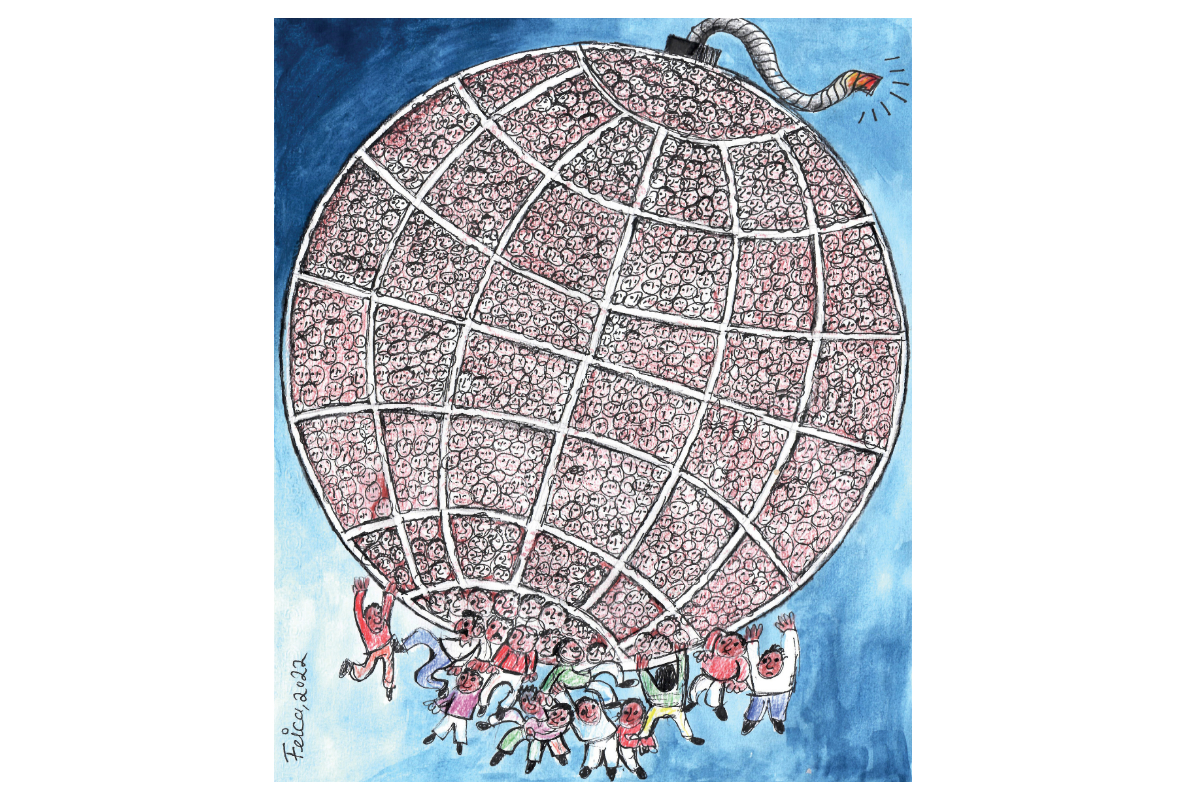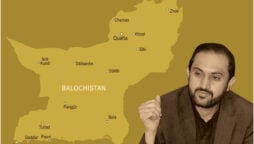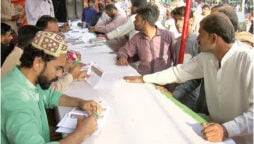
Pakistan’s Population Bomb
The increase in the world population, particularly in the past two centuries, has been remarkable
On 15 November 2022, the world population crossed the eight billion mark. The increase of the world population, particularly in the past two centuries, has been remarkable. Since the emergence of humanity several thousand years ago, the total population on the mother Earth hovered at around one billion as late as the year 1800. However, over the next two centuries, the population multiplied by eight times. This is astonishing. While the industrial and technological developments contributing to increase in life expectancy and better living standards have been responsible for such a huge rise in the world population, especially during the last two centuries, it has also exposed challenges to climate, eco-system and inequitable demographic, economic and social conditions on the planet.
Pakistan is a classic case of the countries seriously affected by a disproportionately steep increase in the population. In fact, the rate at which Pakistan’s population has grown in the seventy five years of its existence is unprecedented, and it would not be wrong to identify it as an existential threat or a clicking time bomb.
When Pakistan came into being in 1947, its total population including both East and West Pakistan was 75 million. In 1970 just one year before the country was dismembered into two parts, the total population was estimated at around 123 million – East Pakistan 65 million and West Pakistan 58 million. Paradoxically, the West Pakistan elite which dominated the country’s politics and resources disseminated the impression that East Pakistan’s higher population was a crucial factor behind that part’s poor socio-economic indicators and backwardness compared to prosperity and development of the western arm of the country.
However, the statistics of the last half century following the break-up of the country depict a different picture. In 2022, the estimated population of Pakistan (former West Pakistan) has surpassed 230 million people, while the estimated population of Bangladesh is only around 168 million. Even more strikingly, Pakistan’s population growth rate is around two percent, while Bangladesh is at one percent due to successful family planning strategies adopted by the successive governments in that country. In 1947, Pakistan (including both the eastern and western parts) emerged as eighth largest country of the world; today’s Pakistan which only comprises erstwhile West Pakistan is the fifth most-populated country of the world.
These statistics should not be meaningless for our strategic planners. Uncontrolled population growth is inversely proportional to development and prosperity. Until the 1970s, the country’s population was in manageable limits. The state, therefore, was able to demonstrate a better model of governance and service delivery to its citizens in towns and villages. The government schools, colleges and universities provided quality-education in an economical manner to the bulk of the population. The private sector schools and colleges were only few. Pakistan welcomed modern education initiatives for promotion of business and industry. The Institute of Business Administration (IBA) was formed in Karachi as the first business school outside North America, while a network of vocational training institutes provided technical education opportunities for the people.
Health facilities were being ensured through large teaching hospitals in big cities and tehsil headquarter hospitals and Basic Health Units (BHUs) in rural areas. Efficient public transport facilities were available not only in metropolitans and cities but also linked the towns and villages through an efficient railway department. Pakistan International Airlines (PIA) rose as a vibrant airline in the region and the world in a short span of time. Pakistan Television and radio broadcasts covered a wide range of people living across the country.
The discontent of Pakistan’s new generation with the services and facilities being provided by the state of Pakistan today in education, health, transport and provision of livelihood presents a dismal picture. It would not be logical to conclude that only substantial increase in population is behind the decline of the state writ and service delivery, but undoubtedly the phenomenal and unplanned growth of Pakistan’s population is indeed the most serious challenge to the progress and development of the Pakistani state and society in the future.
Over the past two decades or so, the state’s role in the provision of basic and higher education is diminishing. More than three types of educational systems – the government schools, the private sector O & A level schools and Madrassah — operate in an uncoordinated manner. The state sector health infrastructure is not able to cater for the health needs of the people. Absence of any public sector transport has led to irregular traffic congestions in our cities, towns and villages. Country’s railways and airline services are on a consistent decline. National economy is not in a position to support livelihoods for a fast growing population.
A key consequence of the fast and irregular growth of population is manifestation of increasing extremism, radicalism and fanaticism in any society. In a society like Pakistan representing over 65 per cent youth with weak state structures, the probability of disgruntled youth being enticed into militant activity and towards crimes always remains quite high. This trend has become increasingly evident in Pakistan in the last three to four decades. The youth is being attracted towards extremist ideologies, and the proliferation of crimes such as theft, snatching, molestation, rape and many other heinous crimes are on the rise, while the state’s capacity to enforce law and order remains on a constant decline.
The future population projections should be sending even starker warnings. According to a recent UN report, “World Population Prospects 2022”, by the year 2050, Pakistan’s population is likely to hit 366 million people at the current rate of growth. According to the same report, Pakistan’s population in the year 2100 should be reaching 487 million, and it should pose a serious challenge to the country’s political, economic and social security networks if serious efforts are not made for transformation of an ungovernable population into an organized resource.
In the past few decades a number of countries from our region, such as Philippines, India, Bangladesh have successfully devised strategies for building white and blue collar workforce, not only strengthening their countries’ industrial and commercial base, but also exporting skilled labor as a source of revenues. The difference in the skill and strength of Indian expatriates compared to Pakistan’s is really telling and this will continue to widen if Pakistan doesn’t take necessary measures to address the situation.
The only country projected to cross Pakistan in population terms is Nigeria which with a projected 2.5 percent population growth rate is estimated to grow from 216 million people to around 375 million people in 2050 and 546 million people in 2100. Nigeria, however, has a relatively stronger economic base and GDP than Pakistan while strategic challenges are not as grave as that of our country.
Pakistan cannot afford the pattern of growth of population of the past 75 years to continue in the future. In fact, control of the population and development and management of the human resource needs to occupy the top most priority in planning and implementation of policies and strategies for national development. Even if the country overcomes the prevailing economic challenges and achieves robust economic growth rates for consistent durations in the coming years, the mere increase in population due to high growth rate would continue to offset expanse of widespread prosperity and development of the people.
Unfortunately in the past, the state has found it difficult to adopt stringent policy measures for population control mostly due to religious and cultural inhibitions. It’s encouraging that the latest National Security Policy (2022-2026) launched in January 2022 for the first time stipulated population dynamics as one of the key factors of national security. However, this is not enough. The actions for population control and management of human resources should transcend all facets of policy making at the federal, provincial and local government levels.
Pakistan’s population time bomb is ticking, unless the state and the society come together to turn it into a population dividend.
The writer is a former ambassador of Pakistan to Afghanistan
Catch all the National Nerve News, Breaking News Event and Latest News Updates on The BOL News
Download The BOL News App to get the Daily News Update & Live News.












 Read the complete story text.
Read the complete story text. Listen to audio of the story.
Listen to audio of the story.